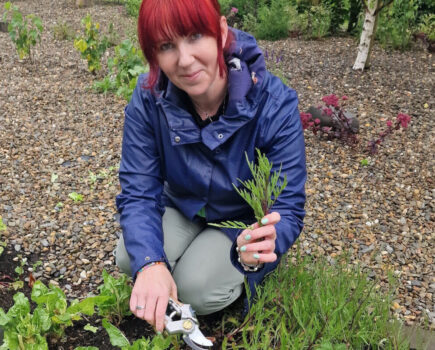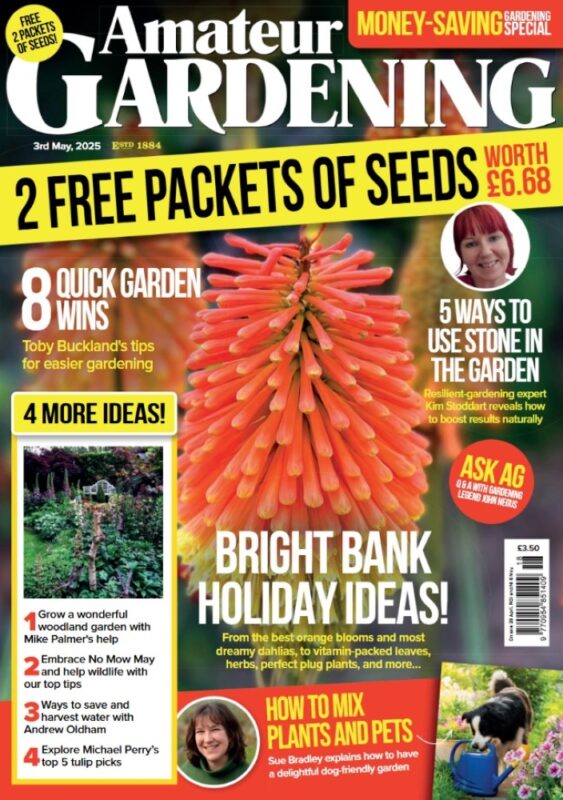In an extract from her book Barbara Segall sheds warm light on the history and tradition of this festive centrepiece
It’s always a magical moment when the time coms to decorate the Christmas tree. For generations it has been at the heart of our traditional festivities, conjuring up half-forgotten childhood memories of twinkling lights, multicoloured baubles and the eager anticipation of the events it heralds.
Christmas, whatever your religious sense of it is, once you get beyond the rush of activity and frantic present-buying, is essentially about the survival of hope in a dark season.
The potent Christian symbol for it is the birth of a child, but the secular symbol is that of forest survivor, the Christmas tree. It has made its way into our homes. in the last five centuries, bringing its past mythology along, mingling with Victorian Christmas traditions and renewing Christmas associations for succeeding generations in the modern world.
Fir trees, ivy and holly, the plants most associated with wintry Christmas festivities, surround me at home. The hazel, hawthorn, oak and wild plum that form the hedges are all deciduous plants that lose their leaves in winter. But proud all through the changing seasons are the evergreens that, here as elsewhere, in Northern Europe and North America, in the Mid-winter, give us, as they did our pre-Christian ancestors, courage to hope and believe in a warmth beyond the season.
Conifers are among the oldest plants in the world, dating from the Devonian period, an incredible 405 million years ago ago. At first glance, they are plain and uncomplicated trees, growing as tall and straight as they can to find the light in a forest setting. Their leaves or needles may not excite as much as the varied foliage of deciduous trees, but a closer look reveals a luxuriant range of greens, greys and shimmering blues.
New shoots make bright green exclamation marks at the end of each old branch tip in spring. and when the trees are mature, after ten years or so, fir cones of varying and fantastic shapes bear the many seeds the plant needs to make sure it survives.
As we trim the tree each year with pretty baubles brought out of ancient boxes full of family memories, the tree, whatever Its size, becomes the centre of light, hope and beauty, bringing with it an old-fashioned magic, welcome in changing times.
……………………..
The charming tradition of having a decorated fir tree indoor; has brought delight to revellers down
The generations. However it has not been without controversy. At almost the same moment that the general populace on both sides of the Atlantic adopted this custom, there came a wave of reaction against the idea of using a real tree.
In Germany there were tree, aplenty, at first, for the relatively few who wished to bring them into their homes, and this was also the case in other parts of Europe .and North America. But as the idea took hold, the feeling grew that for individuals to march into the forest to cut down what was the nation’s favourite resource was folly. Alternatives had to be found before the forests were denuded.
One of the first public figures to speak out against the practice was President Theodore Roosevelt, a noted conservationist.
Artificial trees entered the arena early. The Germans preferred small table-top trees, and those were in short supply. ·Many, especially those who emigrated to North America, took feather trees with them. Another reason for preferring the artificial tree was because the trees that were cut down by individuals, or, later entrepreneurs for selling off trucks at markets were often asymmetrical and lop-sided. They were quaint but not always attractive and certainly not easy to trim artistically.
A feathers tree – was the first purpose-made alternative. It came in several sizes, with the smallest, for use as a trim for presents, only two inches (5cm) tall. The next size up, for table-top use, was six inches (15cm) high, complete with holly berries at the end of each branch. Larger sizes were also available.
The feathers, usually turkey or goose, but sometimes ostrich and swan, were dyed, the quills stripped off and individually wired onto wooden branches.
Grow your own Christmas tree
Growing your own tree from seed is a long haul, but one that might be very fun for very patient children and parents. In autumn, soak seeds and pre-chill them according to seed packet instructions, then plant them into a tray of compost. Place the tray in a cold frame or unseated greenhouse. Keep the compost just moist and cover the seeds with a wire screen to protect them from mice. After three to four weeks the seeds will show signs of growth, with tiny leaved appearing at the soil surface. Water them regularly and, from spring onwards be sure to keep the tray shaded.
After two or three years the seedlings will be 6-12 inch (15-30cm) tall and ready for transplanting. It will be some five years or more before your home grown specimens are big enough to bring indoors and decorate.
Find more tips, advice and articles like this at the Amateur Gardening website. Subscribe to Amateur Gardening magazine now





